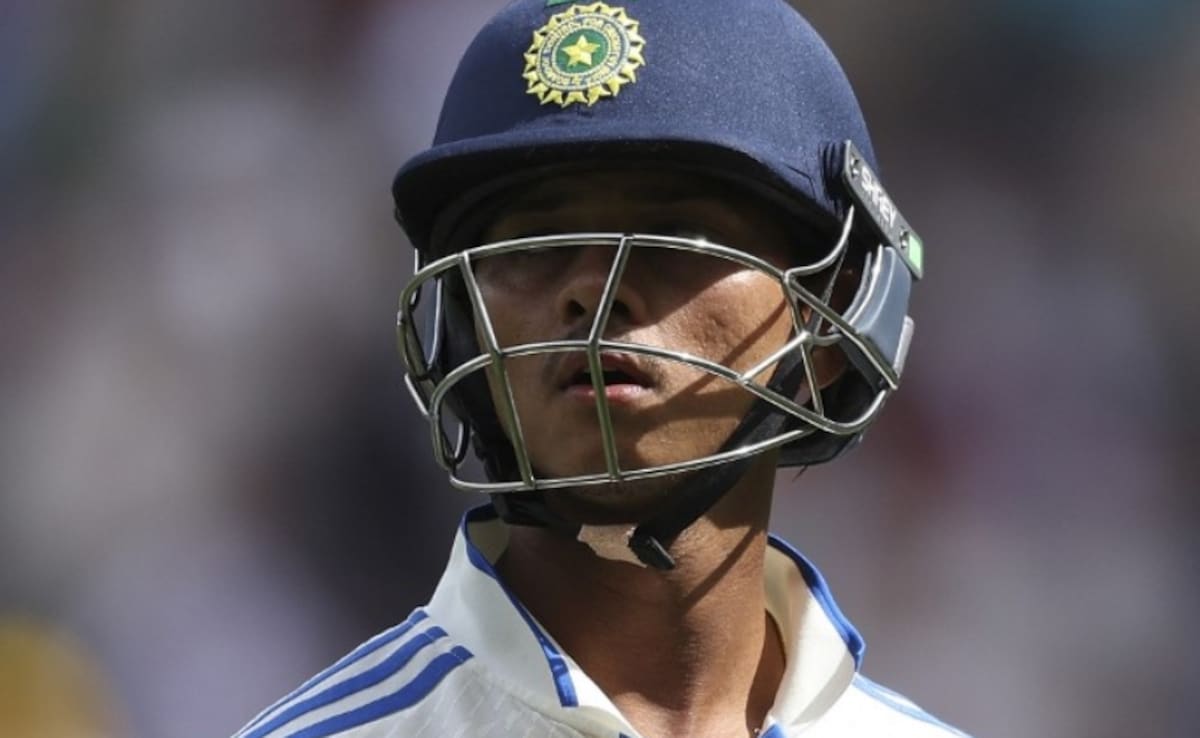
Former India cricketer Surinder Khanna shared his views on India’s disappointing 184 runs loss to Australia in the 4th test of the Border-Gavaskar series on Monday in Melbourne. While Khanna praised Yashasvi Jaiswal’s batting, he criticized his dismissal and the overall team effort, drawing comparisons to Sunil Gavaskar’s approach to controversial dismissals. “Only Jaiswal batted, the rest were just coming and going,” Khanna remarked, emphasizing Jaiswal’s standout performance amidst the team’s struggles.
Khanna delved into the controversial dismissal of Jaiswal, highlighting the use of technology and the role of player’s honesty in the game.
“Umpire first gave him not out. The fielding side took a referral. In the referral, there is a snickometer, and as per Sunil Gavaskar, there is no deflection in it but if you go by the naked eye, there is a difference of 15 to 17 degrees. After hitting the gloves, the ball became slow, and wicketkeeper Alex Carey had to dive forward to take the catch. The square leg umpire was doubting whether the catch was taken cleanly or not. Technically, in snickometer, there was no deflection, but if you go by me, since I was a keeper, I will say it hit his gloves,” he said.
Khanna compared this situation to the behaviour of former cricketers, stating, “Earlier, there were players like Gilchrist who used to walk away, but nowadays, youngsters like Jaiswal do not walk away. He is saying he did not edge it, but it was clear that he gloved it. Gavaskar is saying that snickometer is not showing any deflection, then it’s not out. He himself never walked away when he used to nick it. I asked him once that I have caught you 15 times behind the stumps, but you were only given out four times. What about the other 11 times? He used to laugh and say when I was not out, umpires did give me out a few times. So, that’s why I never walked away. Is this an answer? This is not the right thing.”
Khanna expressed concern over the impact of such decisions on the game, particularly for bowlers, “If we edged it, then we walked away because we feel sad when a bowler gets you out and the umpire doesn’t give it. He goes on to score a century, and the bowler gets kicked out of the team. When you get a batter of Gavaskar’s status, he will get 4-5 more wickets. Similarly, if you get Jaiswal out, the rest are already out of form. So, one decision can play a major role but again, if you go by technicality, then Sunny bhai is correct, but what about that huge deflection?”
He continued, “The next batter who came and got a bat pad, even he did not agree and was saying that the ball is going up. I can see it clearly because I have been a wicketkeeper. The boy knew that the glove hit the ball. He is dishonest.”
Khanna also praised the Australian team for their performance, while critiquing India’s fielding, “Australians played outstanding cricket. We had to bat out a day, about 77 overs or 80-odd overs, but we couldn’t. The openers and top orders set the tone. When I started watching, it was the 30th over, and by the 30th over, it was 29 runs.”
Reflecting on missed opportunities, he noted, “Australians were let off the hook when they were 60/6. They should have been dismissed for 80-85, but the catches that were dropped cost us. Three were dropped by Jaiswal alone. Straightforward chances. You cannot drop such catches, and we paid badly for it.”
Surinder Khanna’s insights underline the critical moments and decisions that influenced the outcome of the match, highlighting the fine margins that separate victory from defeat in Test cricket.
(Except for the headline, this story has not been edited by NDTV staff and is published from a syndicated feed.)
Topics mentioned in this article



